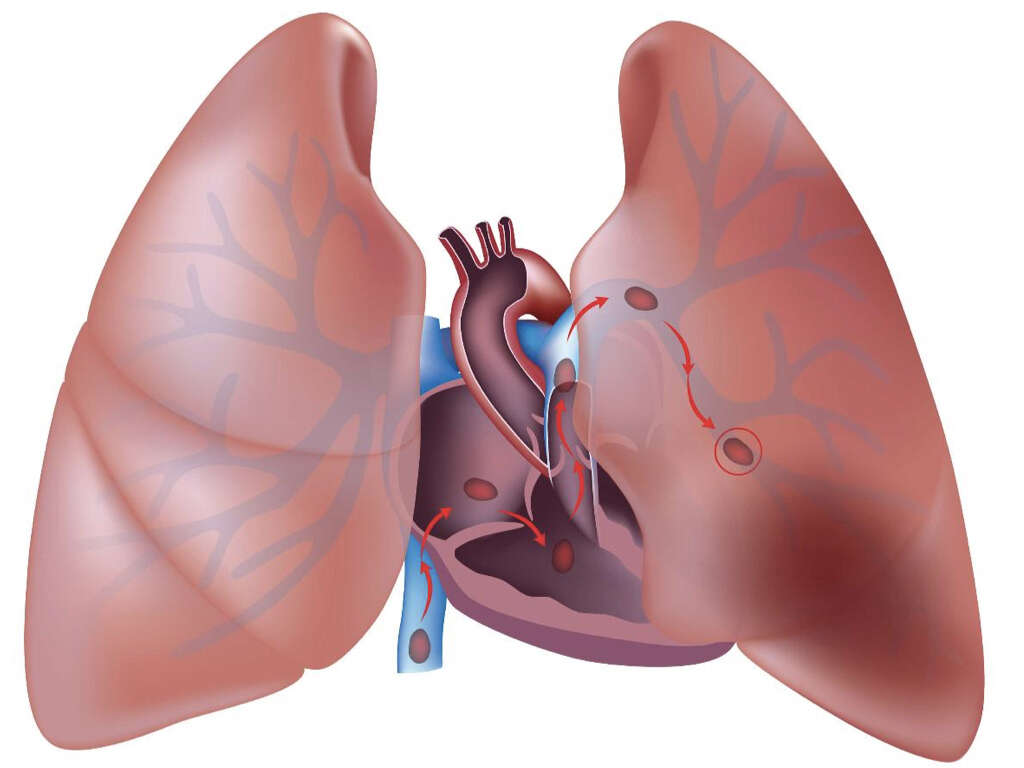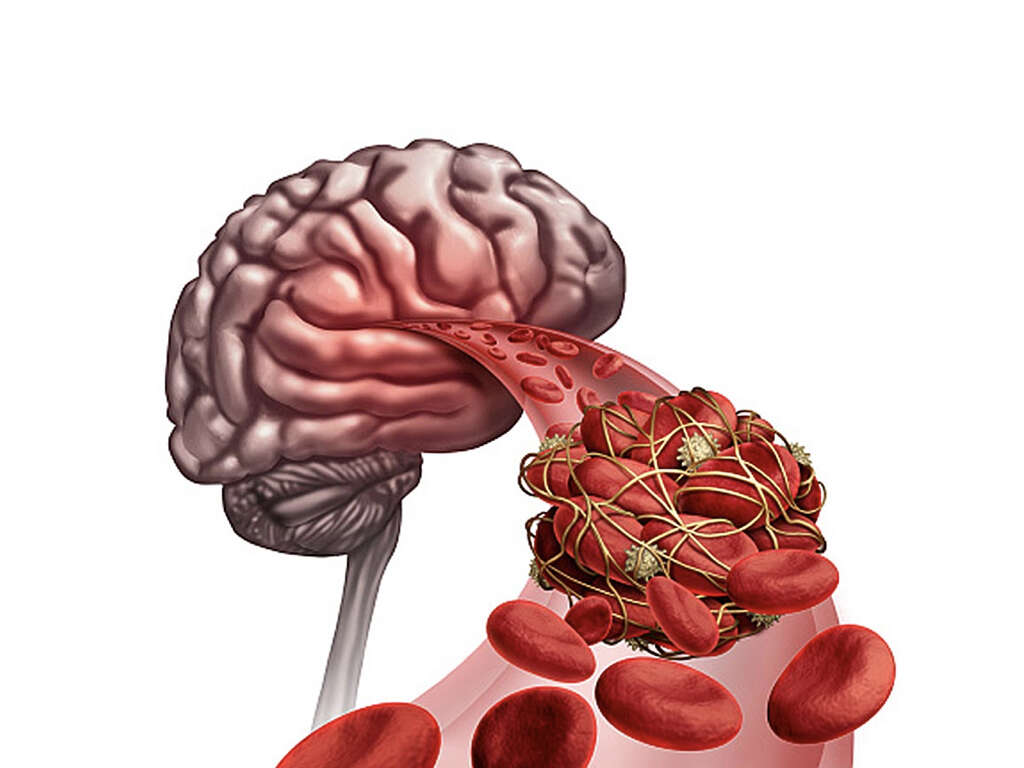What Is a Pulmonary Embolism?
3. Pulmonary Embolism in Children
Compared to adults, almost all (98%) children with pulmonary embolism have been found to have a serious underlying disorder or identifiable risk factor. This includes an indwelling central venous catheter (21%), central lines (36%), hereditary disorders of coagulation (protein C deficiency, protein S deficiency, antithrombin III deficiency), and abnormalities with their antiphospholipid antibodies.
Another study reported that pulmonary embolism was present in more than 33% of children who have been treated with long-term hyperalimentation (feeding of nutritional products intravenously). The very same study also reported that in 30% of these children, pulmonary embolism was the main cause of death.
Advertisement











